- Waste and recycling
The SAWRRIP waste projection and economic assessment (2016)
Executive Summary: Background - The Office of Green Industries SA supporting Zero Waste SA is developing a state-wide Waste and Resource Recovery Infrastructure Plan to provide South Australia with a roadmap to guide future investment in waste management and resource recovery infrastructure that supports a resource efficient economy in South Australia. The plan aims to provide an evidence base and strategic direction to inform planning and investment decisions and to ensure adequate provision of suitably located sites for waste and resource recovery activities in the State for the next 30 years with an immediate focus on the next 10 years. The objectives of this Waste Projection and Economic Assessment project are to: Develop a South Australian waste flow projection model to support the development of a state-wide Waste and Resource Recovery Infrastructure Plan which will track and project future solid waste flows over the next 30 years until 2045, Identify capacity gaps and the associated infrastructure needs, and Provide a high level analysis of potential economic impacts that may result from the state-wide waste and resource recovery infrastructure investment profiles. The waste flow projections and corresponding infrastructure needs have been modelled for 3 scenarios: 1. Business As Usual (BAU) 2. Moderate Additional Diversion (MAD) 3. High Additional Diversion (HAD) It should be noted that the waste projections and associated infrastructure are predominantly focussed on the Municipal Solid Waste (MSW), Commercial and Industrial Waste (C&I) and Construction and Demolition Waste (C&D) streams. The modelling looks at the additional tonnes to be managed for the different scenarios only, and considers additional infrastructure needs, not the replacement of existing infrastructure. This leads to a conservative estimate of the waste, recycling and remanufacturing infrastructure needs and economic benefits for the 10 and 30 year periods modelled.
Download




